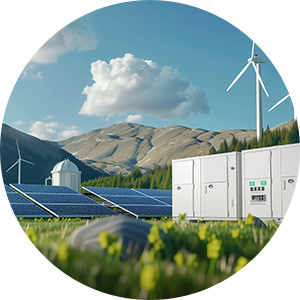High compact density LFP
Release time:
2025-02-20
- Product Description
Product Features
| Product Type | Product Model | Product Features | Powder Compaction (g/cm³) | 0.1C First Charge Capacity (mAh/g) | 0.1C Discharge Capacity (mAh/g) |
| LFP | S20A | High compact density | ≥2.37 | ≥160 | ≥154 |
High Market recognitionLBM Source Star Products | High reliabilityProducts have been shipped in for 8 years bulk | Excellent cycleUpon the introduction of the battery cells, they can endure 5,000 charge-discharge cycles, with the capacity retention rate maintaining as high as 92.3% |
Application
ESS |
Commercial vehicles |
LFP (lithium iron phosphate) has emerged as a significant material in the field of energy storage, especially when it comes to high compact density LFP.
High compact density LFP offers several distinct advantages. Firstly, in terms of safety, it is a relatively stable material. Compared to some other lithium - based battery materials, LFP has a lower risk of thermal runaway. This makes it highly suitable for applications where safety is of utmost importance, such as in electric vehicles and large - scale energy storage systems. In an electric vehicle, the safety of the battery pack is crucial not only for the vehicle itself but also for the passengers. High compact density LFP can provide a reliable power source without the fear of overheating and potential explosions.
Secondly, high compact density LFP has excellent cycle life. It can endure a large number of charge - discharge cycles while maintaining its performance. This is a key factor for applications like grid - scale energy storage. For example, when used in a power grid to store excess energy generated during off - peak hours, the ability to go through numerous cycles without significant degradation means that the energy storage system can be more cost - effective and reliable over a long period.
In terms of energy density, although it may not be as high as some other lithium - based materials in the early days of its development, continuous research and development have been improving its compact density. A higher compact density allows for more energy to be stored in a smaller volume. This is especially beneficial for applications where space is limited, such as in portable electronic devices or in urban - based energy storage facilities where land area is at a premium.
The manufacturing process of high compact density LFP is also becoming more efficient. New techniques are being developed to produce LFP with better particle size control and more uniform composition. This not only helps in achieving higher compact density but also improves the overall performance of the material.
However, there are still challenges to be overcome. One of the challenges is improving its conductivity. Although LFP is a good energy storage material in terms of safety and cycle life, its relatively lower conductivity can limit its performance in some high - power applications. Researchers are exploring ways to enhance its conductivity through doping with other elements or by using innovative electrode designs.
In conclusion, high compact density LFP has great potential in the field of energy storage. Its safety, long cycle life, and the continuous improvement in energy density and manufacturing processes make it a very promising material for a wide range of applications, from electric vehicles to grid - scale energy storage systems.
Latest News
2025-02-20

HOW CAN WE HELP ?
Get In Touch With Us!
Related Link:









